Introductions
Introduction of Fw 200 “Condor”:
The Focke-Wulf Fw 200 Condor, also known as Kurier (German for courier[2]) to the Allies, is an all-metal four-engined monoplane designed and produced by the German aircraft manufacturer Focke-Wulf. It was the first heavier-than-air craft to fly nonstop between Berlin and New York City, about 4,000 miles (6,400 km), making the flight from Berlin-Staaken to Floyd Bennett Field on 10/11 August 1938 in 24 hours and 56 minutes.
It was originally proposed by the aeronautical engineer Kurt Tank as a long-range land-based airliner for the flag carrier Deutsche Luft Hansa. A key feature of the Fw 200 was its ability to cruise at altitudes in excess of 3,000 m (9,800 ft), which made long distance routes more viable. A specification was issued in June 1936 and the maiden flight of the first prototype took place on 27 July 1937. Civilian Fw 200 was operated by Deutsche Luft Hansa, Det Danske Luftfartselskab, Syndicato Condor (the latter being Luft Hansa's Brazilian subsidiary), Cruzeiro do Sul, and the British Overseas Airways Corporation. The outbreak of the Second World War prevented the fulfilment of further civil orders for the type.
While intended for use as an airliner, the type was adapted for military purposes in response to a Japanese Navy request for a long-range maritime patrol aircraft. Military versions of the Fw 200 were adopted by the Luftwaffe, which used the type as both a long-range reconnaissance and maritime patrol aircraft, anti-shipping bomber, and transport aircraft. The Fw 200 was used to support the Kriegsmarine in both the North Sea and the Atlantic Ocean. It achieved success as a commerce raider in the Battle of the Atlantic, contributing to the heavy Allied shipping losses. By mid-1941, it was being increasingly harried by long-range aircraft dispatched by RAF Coastal Command as well as Hurricane fighters being flown from CAM ships. On 14 August 1942, an Fw 200C-3 was the first German aircraft to be destroyed by USAAF pilots, after it was attacked by a Curtiss P-40C Warhawk and a Lockheed P-38F Lightning over Iceland.
By the latter half of 1943, the Luftwaffe was almost exclusively using the Fw 200 as a transport aircraft. On numerous occasions, senior Nazi officials, including Joachim von Ribbentrop, Heinrich Himmler, Albert Speer, Hermann Göring, and Karl Dönitz made use of special aircraft. Furthermore, Adolf Hitler had a single customised Fw 200 made available as his personal aircraft. Following the end of the conflict, only limited use of the type was made, largely by Francoist Spain, due to a lack of available spares. By the twenty-first century, only a single complete reconstructed Fw 200 exists; it has been displayed at Berlin Tempelhof Airport.
Introduction of Danish Air Lines:
Det Danske Luftfartselskab A/S or DDL, trading in English as Danish Air Lines, was Denmark's national airline from 1918 until it merged to create Scandinavian Airlines System (SAS) in 1951. DDL was established on 29 October 1918, but started its first scheduled route on 7 August 1920.
In 1920, the first airplane, a Flugzeugbau Friedrichshafen 49c, was acquired from the Deutsche Luft-Reederei (D.L.R.) in Germany. The airplane, with the previous German navy registration 1364, was almost new, and had been refitted for passenger transport before being delivered from Germany. It received the Danish registration letters T-DABA, and was used for the Copenhagen-Malmö-Warnemünde route in cooperation with the D.L.R. This plane was later returned to Germany, apparently because the transfer was not in accordance with the Versailles treaty.
In 1921 another F.F.49c plane from D.L.R. was acquired as a replacement for the first, with the previous German navy registration 3078. For unknown reasons this airplane used the same Danish registration T-DABA.
In the early 1920s, the airline relied on four chartered Fokker-Grulich F.III aircraft, but also Dornier Komet, Junkers F.13s and the Airco DH.9.
In 1926 the first of a total of four Farman F.121 Jabiru 4-engined commercial airliners, seating nine passengers, were acquired. It was registered as T-DOXB, and was used on the Copenhagen to Amsterdam line. Amsterdam was a hub with connections to London and Paris. The aircraft were withdrawn from use in 1928 and 1929, and broken up by 1931.
In the late 1920s, Fokker F.VII single-engined airliners replaced the somewhat problematic and expensive to operate Farmans.
In 1933, the airline got the first of two 16 passenger Fokker F.XII airliners. They were built under license by Orlogsværftet. Both aircraft were scrapped by 1946.
Dania at Fornebu Airport in Norway in 1939
In 1938, two Focke-Wulf Fw 200 Condor 26 passenger airliners were acquired. One, Dania (the livery of this plane), was seized by the British after Denmark was invaded by German forces in 1940, and damaged beyond repair in 1941. The other, Jutlandia, survived the war and continued in DDL service until damaged beyond repair at Northolt in 1946. In 1946, the airline started intercontinental traffic in cooperation with Det Norske Luftfartselskap and Svensk Interkontinental Lufttrafik in an SAS Agreement. On October 1, 1950 representatives from the three airlines signed a consortium agreement where they appointed SAS to run the airline operations. DDL thus changed status from being an active airline into becoming a holding company for the Danish interests within SAS.
Credit to PlaneGuy01 for the aircraft
(There’s also a poster made by me)

Vi ses senere!
Specifications
Spotlights
- RicardoACE one month ago
- WinsWings one month ago
- Zerkk one month ago
General Characteristics
- Predecessor Fw-200 Condor
- Created On iOS
- Wingspan 96.5ft (29.4m)
- Length 68.0ft (20.7m)
- Height 20.5ft (6.3m)
- Empty Weight 28,109lbs (12,750kg)
- Loaded Weight 40,539lbs (18,388kg)
Performance
- Horse Power/Weight Ratio 0.197
- Wing Loading 36.4lbs/ft2 (177.9kg/m2)
- Wing Area 1,112.4ft2 (103.3m2)
- Drag Points 11960
Parts
- Number of Parts 469
- Control Surfaces 5
- Performance Cost 2,169

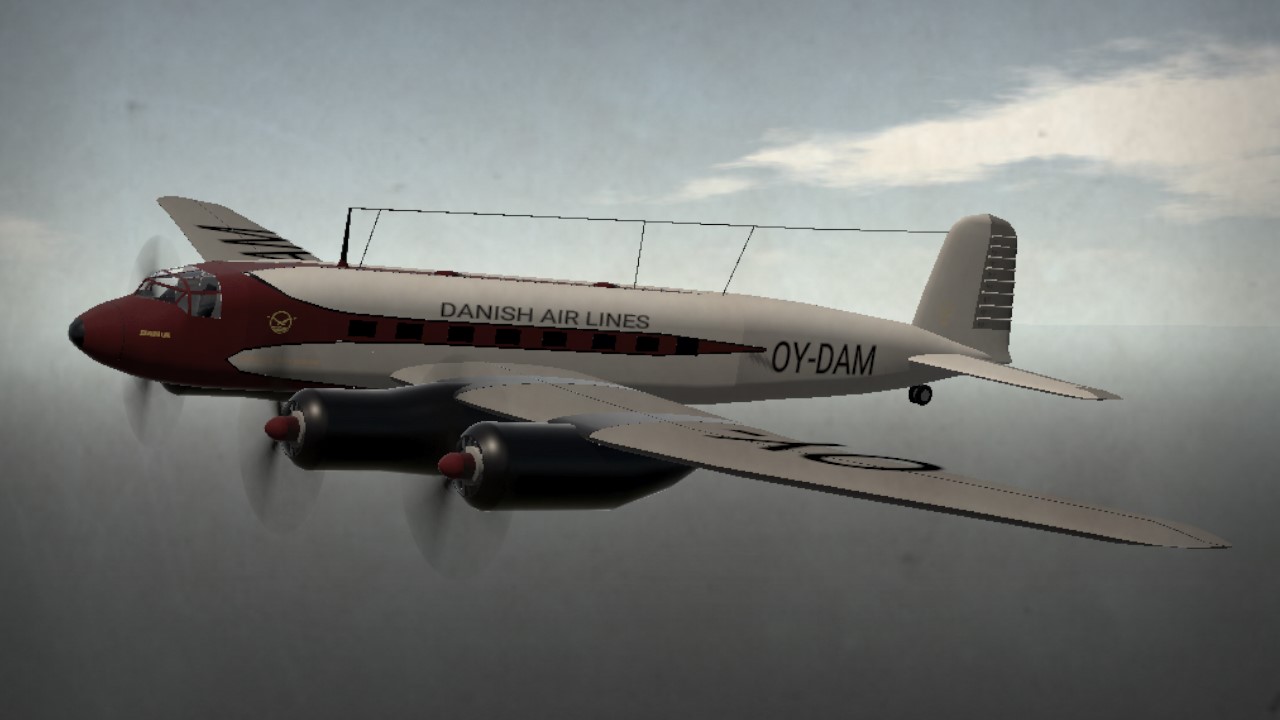
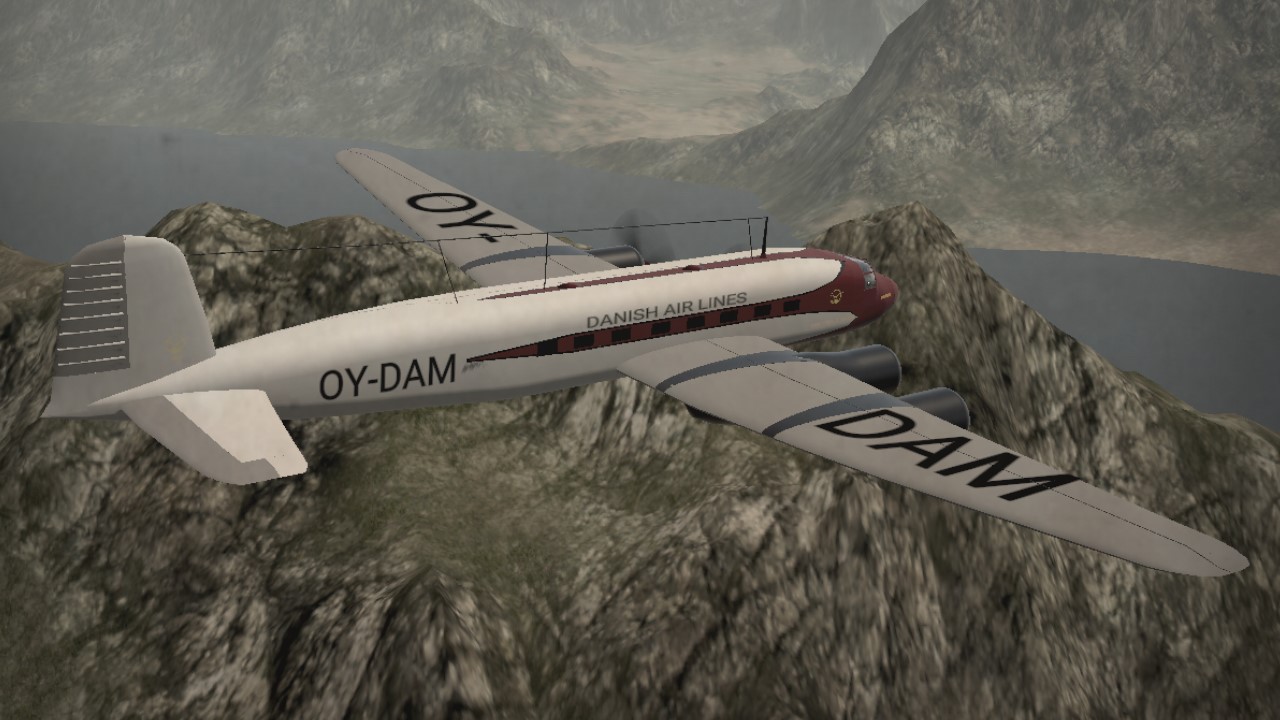
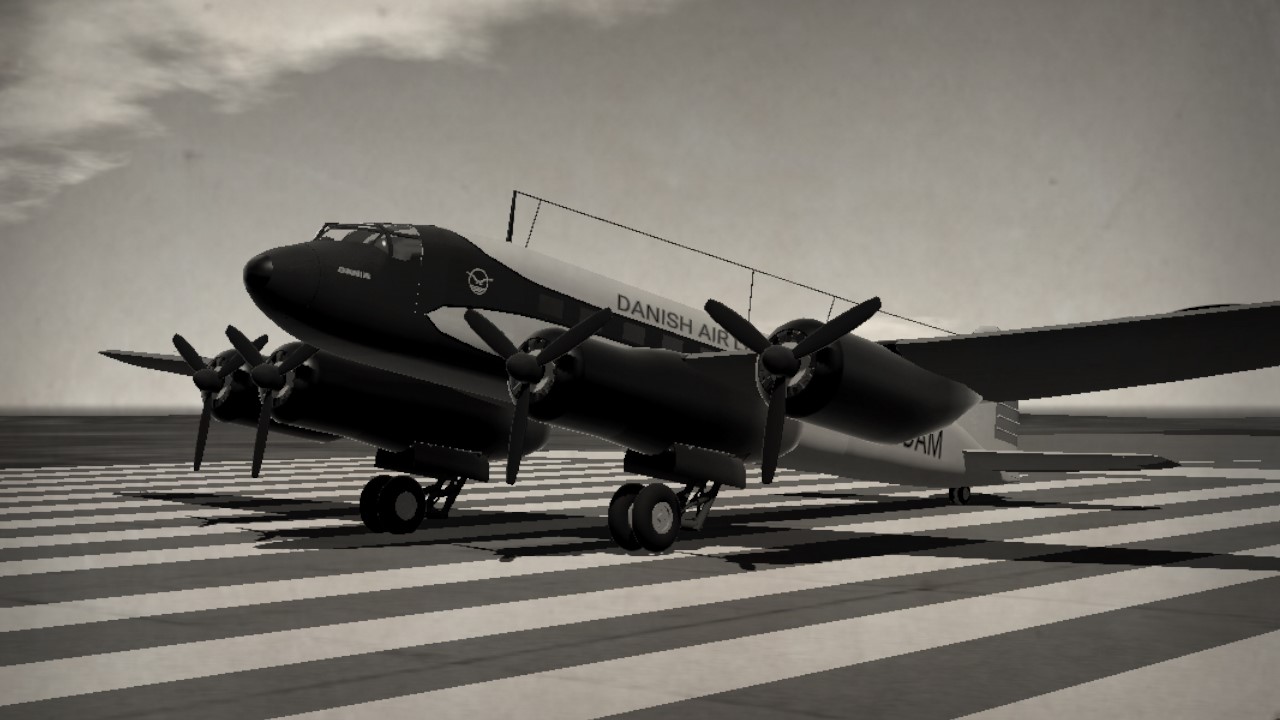
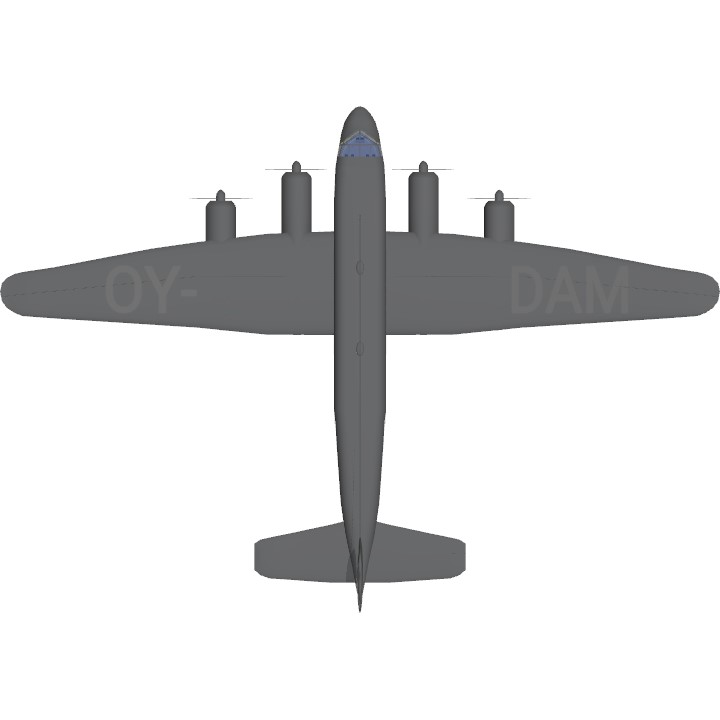
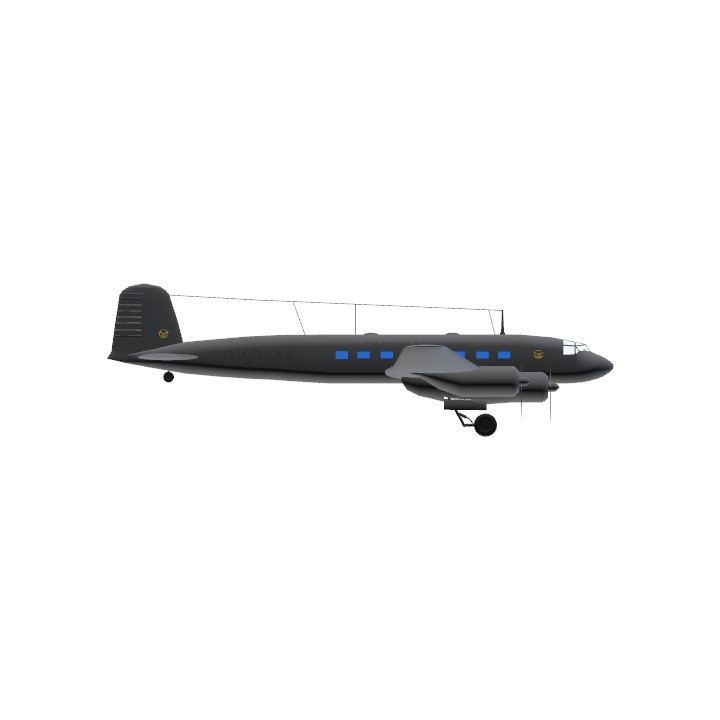
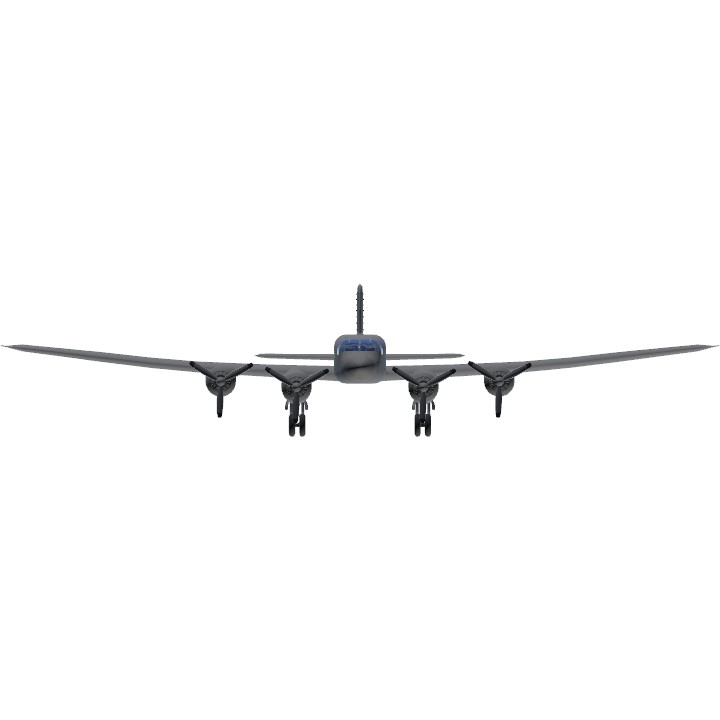
War thunder flashbacks
Nice
@929 Sounds awesome, I'll be waiting till then. ;)
Sure (prob 2-3 months later cuz I’m busy with my GCSE exams)
@Boeing777x
Unraelated, but I've got an awesome idea of a new aircraft you can do later on, my old pal, would you like to recreate the quad deck Monster Jumbo airliner by Phil Pauley in the future? =D
Great Aircraft!